CRYPTOACADEMY/SEASON 3:/ INTERMEDIATE HOMEWORK TASK/PELON53-S3WEEK2..
Thank you professor @pelon53. Your lecture has exposed me to another level of knowledge. Though I have heard about the #hash and #cryptography, I never knew what it meant until this lecture. Thank you once again.
However, here below is my homework entry. I have chosen to take the questions step by step according to to the enquiry, hoping that I meet your requirements.
1.- Explain what does the resistance to collision mean? And what does resistance to preimage mean?
To answer the above question we need to first of all understand what hash is and how it is applied in cryptography.
What is hash
Harsh is a mathematical way of converting input data into an alpha numerical representation that is unique and cannot be repeated. Hashing is designed to run as a one-way in; you input a data and get a string representation; it can not be reversed nor will any other data or set of data have same representation. It means that once an information has been hashed, it is given a unique representation that will not be repeated. Any attempt to alter that information by even the smallest variance will result to creating a different hash.
In hashing there is no limit to size, length etc of data. For example a large and bogus input data can be compressed by merely giving it a unique representation.
Hashing as used in Blockchain
Example of hash algorithm is the SHA-256. The basic function is that it helps data input no matter the length to have same size of output. Example, a large transaction record applied in sha-256 will be same size as just a minute record. So what matters is the hash or the string output, not the size.
Hashing is equally used to generate wallet addresses. It is used to secure the network, making sure that every transaction is authentic.
It is used to arrange data, before adding it to a block.
Because a hash functions as a file compressor; it takes input of arbitrary length and the output is a fixed length, For inputs containing large info, there are possibilities that collision could occur. A good hash therefore should be the one that has been proven that to be resistant to collision and resistant to preimage
What resistance to collision mean
Resistance to collision is a fundamental property of cryptographic hash function where it is almost impossible for two different data input to have the same hashed output.
For example:
If I hash the letter "C"
And hash the letter "D".
It will be impossible for the output result of "C" to equal "D".
However, just as mentioned above, "hashing" compresses larger input to to a concise and unique value. SHA-256 for example converts data of 256 bit of length to output of 32bit. When there are larger files to be hashed, the more possibility of collision. Therefore a hash is said to be resistance to collision when it is difficult to find colliding hash outputs. It must be proven that no two inputs results to same output. It should equally be 160bit minimum of length to be resistance to collision.
What is resistance to preimage
Resistance to preimage is a basic cryptographic function, which acts as a one-way straight forward input, that once a data is hashed, it is difficult to invert. It is used to determine that when two different input is of same size it will be computationally impossible to hash to same output. Example: If the hash of "C" results to "H", the hash of "D" which is same length and size should not result to "H". If it does, it is not resistant to preimage.
Example 2: A hash is resistant to preimage when a second input of a hashed data do not result to same output.
For instant, if I hash the word "MAN", which is in caps and same word "man" which is lower case; the hash is resistant to preimage if the two input do not result to same output.
2.- Use tronscan and etherscan to verify the hash of the last block and the hash of that transaction. Screenshot is required for checking.
Verifying Tron latest block using tronscan.
To verify the last block of tron; go-to tronscan.org.
Scroll down to see the latest block.
New blocks are created every three seconds.
To get the hash of the latest block, click on the latest block.
See the transactions.
As at this time, the latest block number is 31752875.
hash is 0000000001e482aaf316872775afb0406f084e7d59ab03f22f5ac60b40f34955
Verifying ethereum latest block using etherscan
To verify the latest block on ethereum, we go to etherscan.io
We scroll down to see latest block.
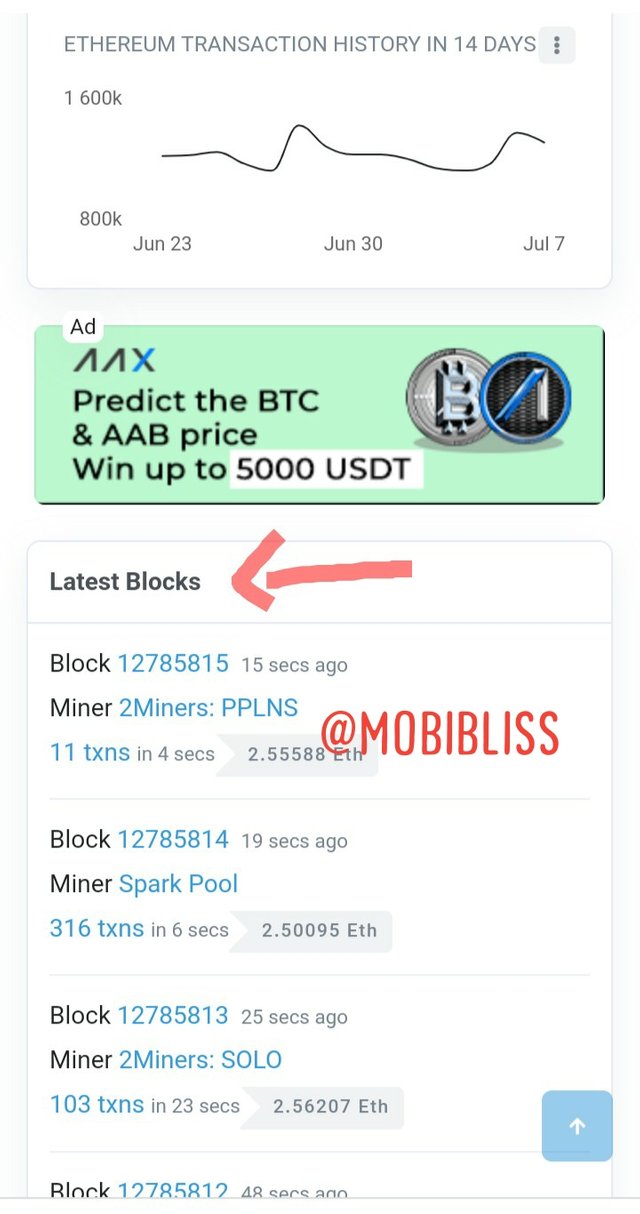
We click on it to see transactions.
We can then view the transaction hash.

Block number is 12785815
Hash is
0xea0379b00695eb85b275b00af9ae44e5902881a2327cb26597456d901dcf71bd
3.- Generate the hash using SHA-256 , from the word CryptoAcademy and from cryptoacademy. Screenshot required. Do you see any difference between the two words? Explain.
Here I will use an online SHA-256 hash generator.
The first word is Cryptoacademy. It is written with capital "C"
Here is the hash:
975779F41D5CB39C3B7C9A66C5DEF2D3ADD07BA7AB8DBE7AFE162FA8F3AC6657
The second word is cryptoacademy. It is written in in lower case letters.
0592F5DD27DC72E675B2AB9C77487A69FAAF84196597FA052EC099C18EE7C4C5
We saw that the difference in the two words is just a small variance, an addition of caps to C, yet it produced different hash. An example that the hash is resistance to preimage.
4.- In your own words explain the difference between hash and cryptography.
In the cyber world, their are many bad players.
If a data or an information is sent across the web, there is possibility that before it gets to the intended recipient, it may have been tempered or altered by someone. To endure that an information gets to the intended recipient without a third party is the essence of cryptography.
Cryptography therefore is a way of protecting information using codes, so that only the recipient and the sender understands the data.
Hashing on the other hand is a method of crytography where a data will be given a string representation that is unique and will not be repeated. It protects the data from any malicious attempt by anyone to create a false representation of the data or duplicate of it.
CONCLUSION
Hashing is a method of cryptography. The idea of hashing is to make sure that an information is not duplicated or altered by presenting a different value of the same information. Once a data has been hashed there will not be similar representation of the same data.
A hash is said to be resistant to collision when it has proven that there are no two data input that results to same data output.
A harsh is said to be resistant to Preimage when two different data of same length and structure do not result to same harsh output.
Hashing protects the Blockchain from most cyber attacks.
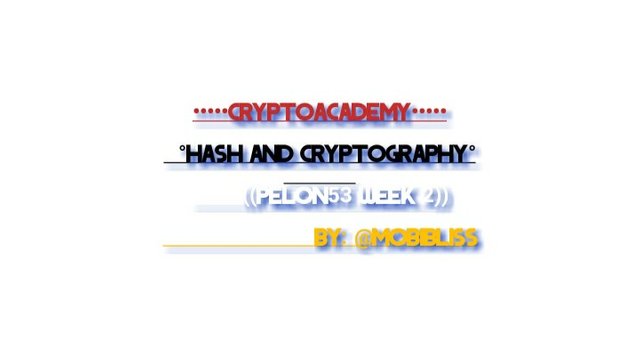

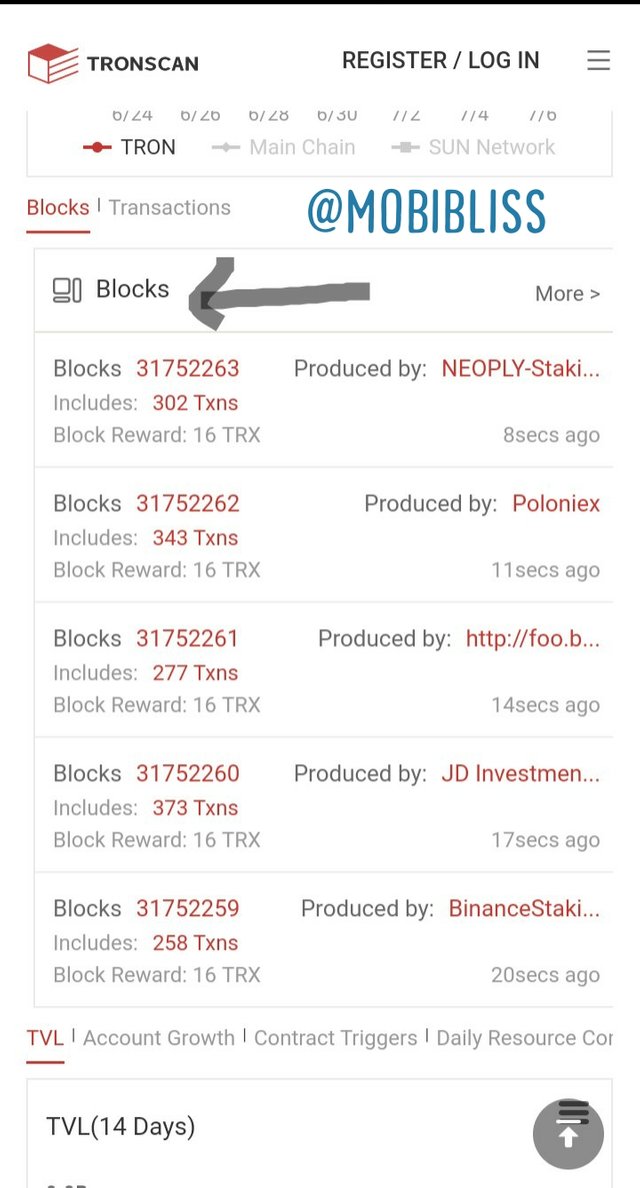
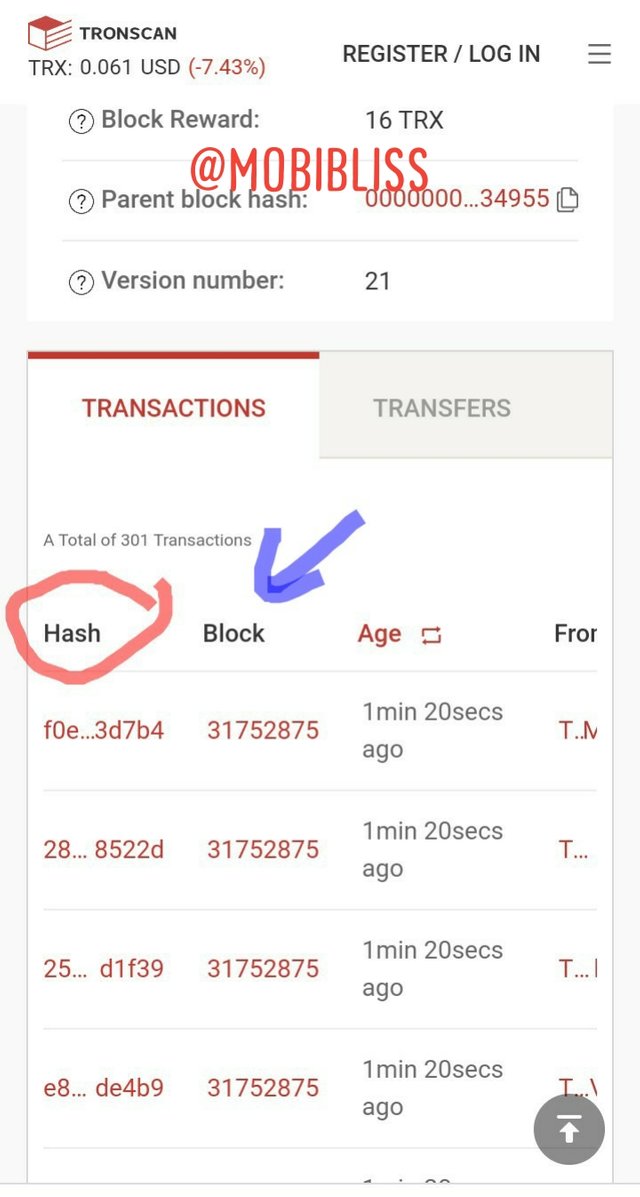

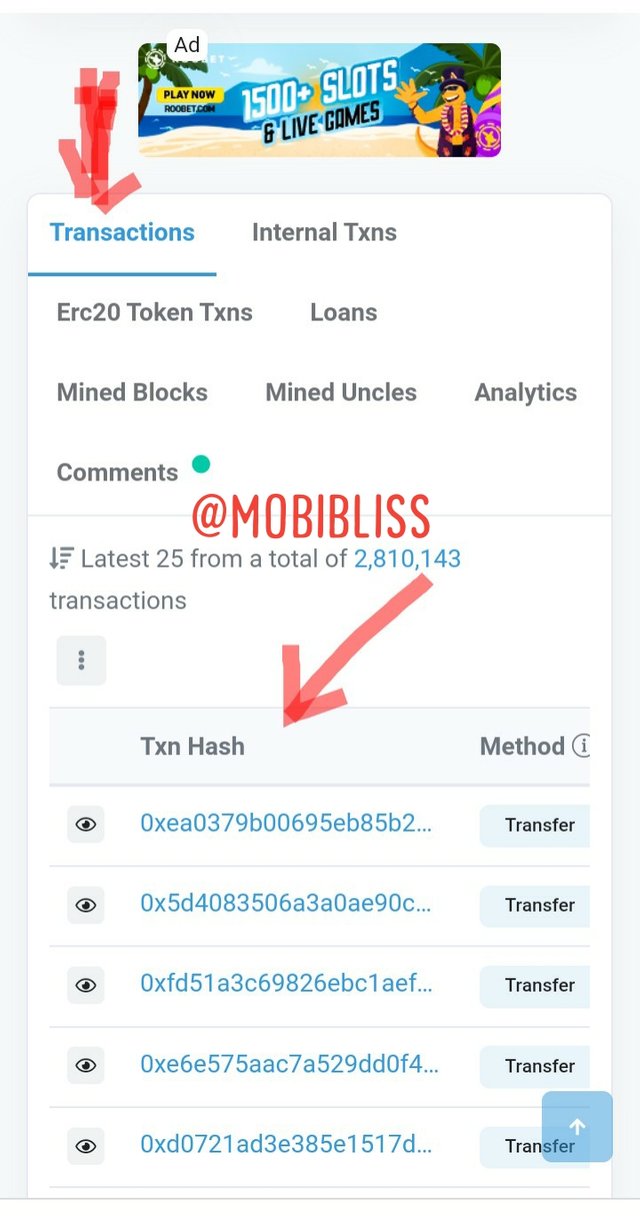


Hello professor @PELON53. No rating yet
Buenas, tienes un error en el tag. Colocas pelen53 y es pelon53. Por eso no apareces
I have corrected it
Gracias por participar en Steemit Crypto Academy Season 3:
Espero seguir leyendo tus publicaciones.
La pregunta 1 debe ser explicada con un poco más de detalle.
La pregunta 3 tienes una confusión. No coloco CryptoAcademy.
Profundizar en la respuesta de las diferencias entre el hash y critografía.
Recomendaciones:
Cuando expliques los conceptos debe ser la explicación clara y sencilla para ser entendido por cualquier persona.
Leer con detenimiento cada pregunta para dar la respuesta adecuada.
Calificación: 6.4